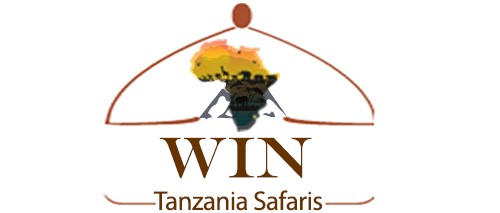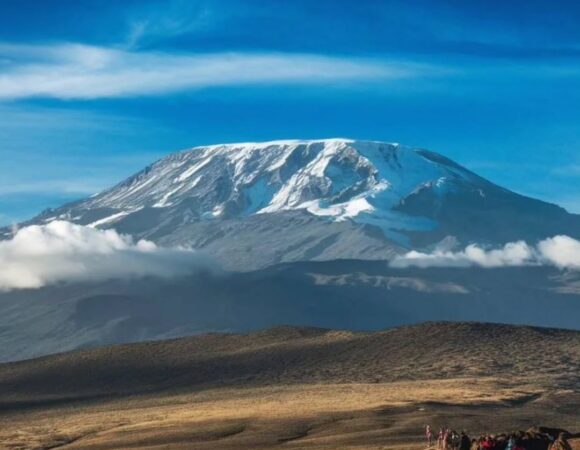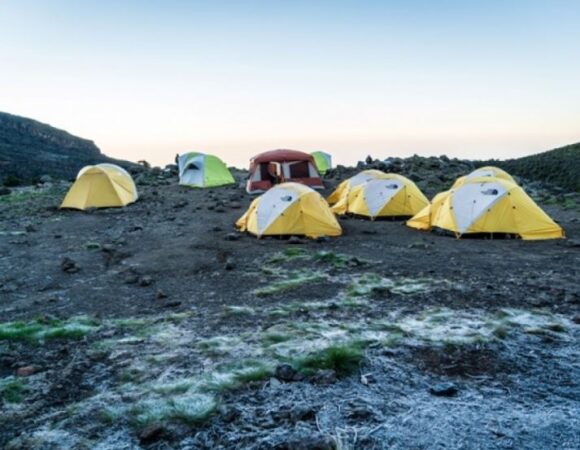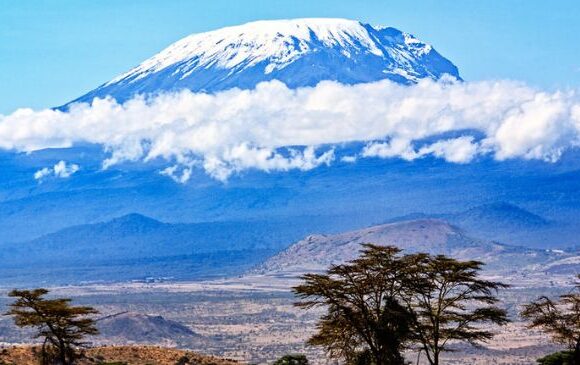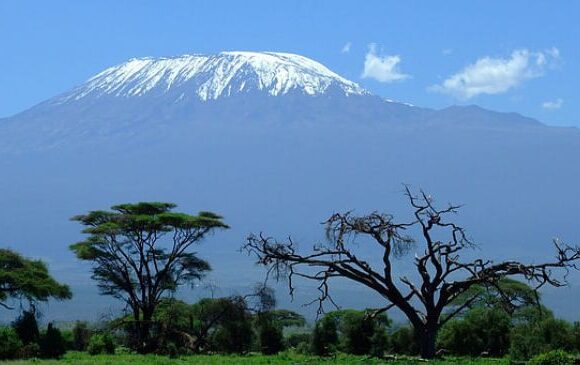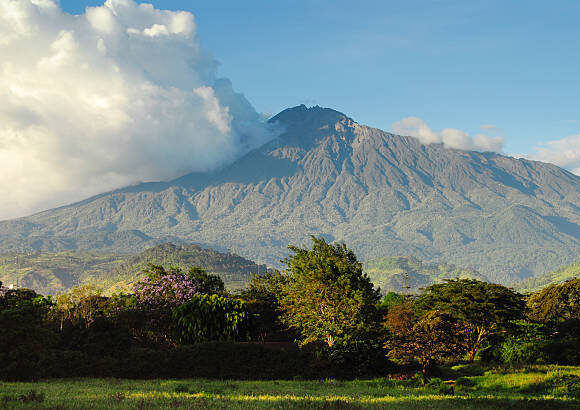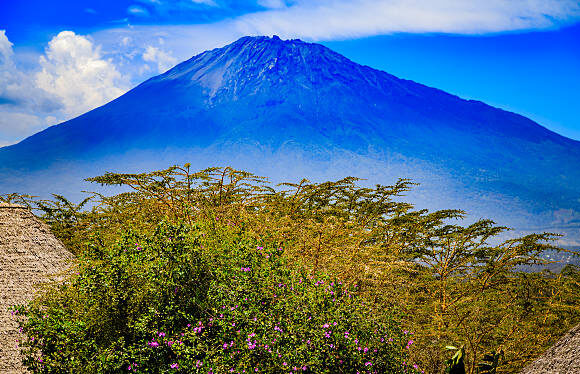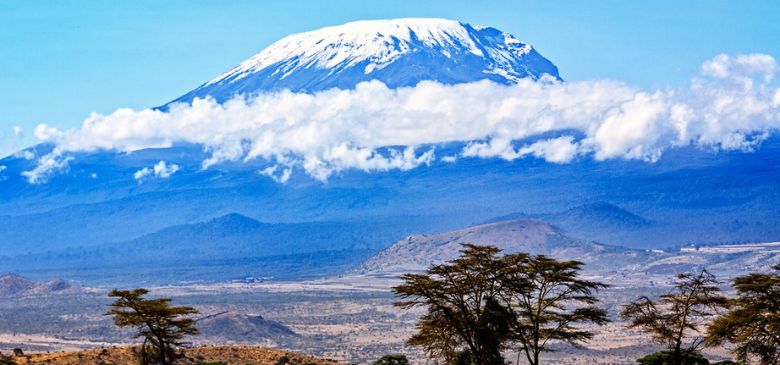
Trekking
Mount Kilimanjaro has 5,895 meters (19,340 feet) of height above sea level; it is the highest mountain in Africa and the highest free-standing mountain in the world. Although Mount Kilimanjaro is the highest free-standing mountain in the world but it attractions has being signified by the fact that it is relatively easy to ascent from this mountain. This mountain attracts many visitors and it has become a major destination for mountaineers and trekkers from all over the world. Mountain Kilimanjaro has three summits and these are Shira, kibo and Mawenzi. Shira and Mawenzi have both suffered from significant erosion and currently they have jagged peaks. Kibo which is the central and the highest peak among three summits has survived the environmental changes and its peak has almost a perfect cone. There are six routes that have being officially authorized for climbing mountain Kilimanjaro.
These are: • Marangu Route • Machame Route • Lemosho Route • Shira Route • Umbwe Route • Northern Circuit Route Being so close to the equator, Tanzania and Kilimanjaro do not experience the usual extremes of winter and summer. Instead, the nation experiences alternating wet and dry seasons. As rain, mud, ice, and snow place a greater strain on the body, it is therefore best to attempt your Kilimanjaro climb in the warmer, drier months. The best month for climbing is January, February, and September – when the weather is warmer, the skies clearer, and the threat of rain less. June, July, and August are also fine weather-wise, although they tend to be colder as this is ‘winter’ in Tanzania. The rainy seasons (March through early June and November/December) are tougher times to attempt the climb, although it is still possible with appropriate preparation.
